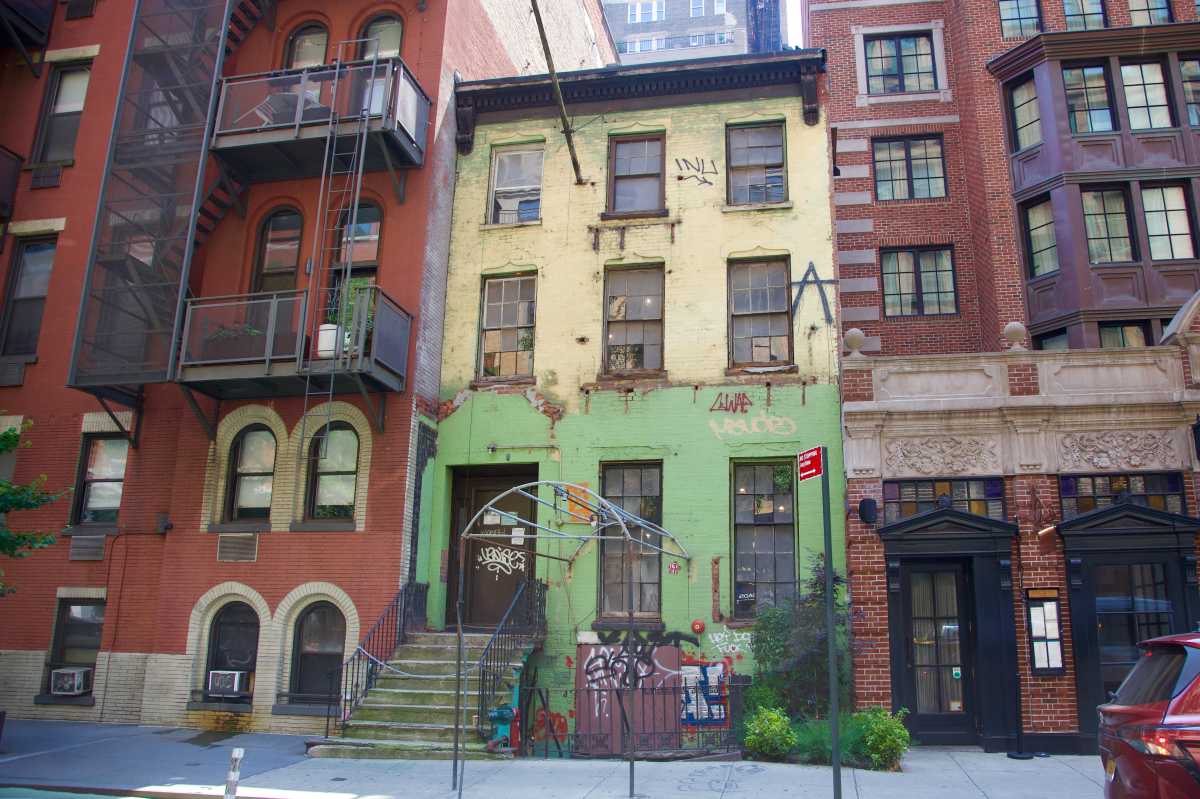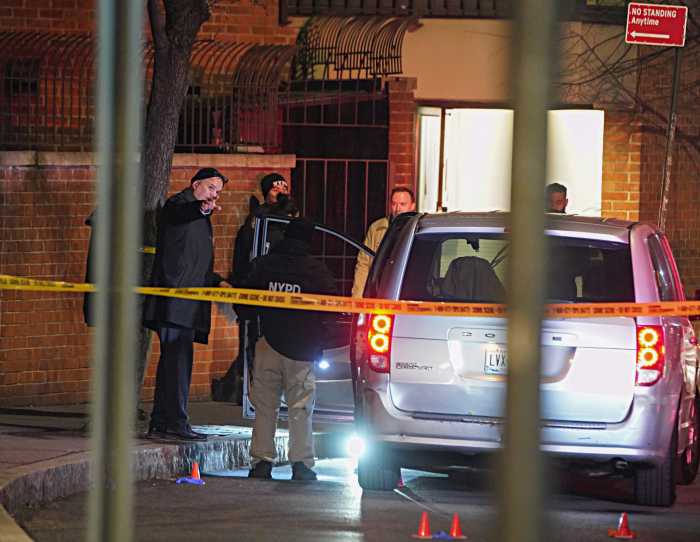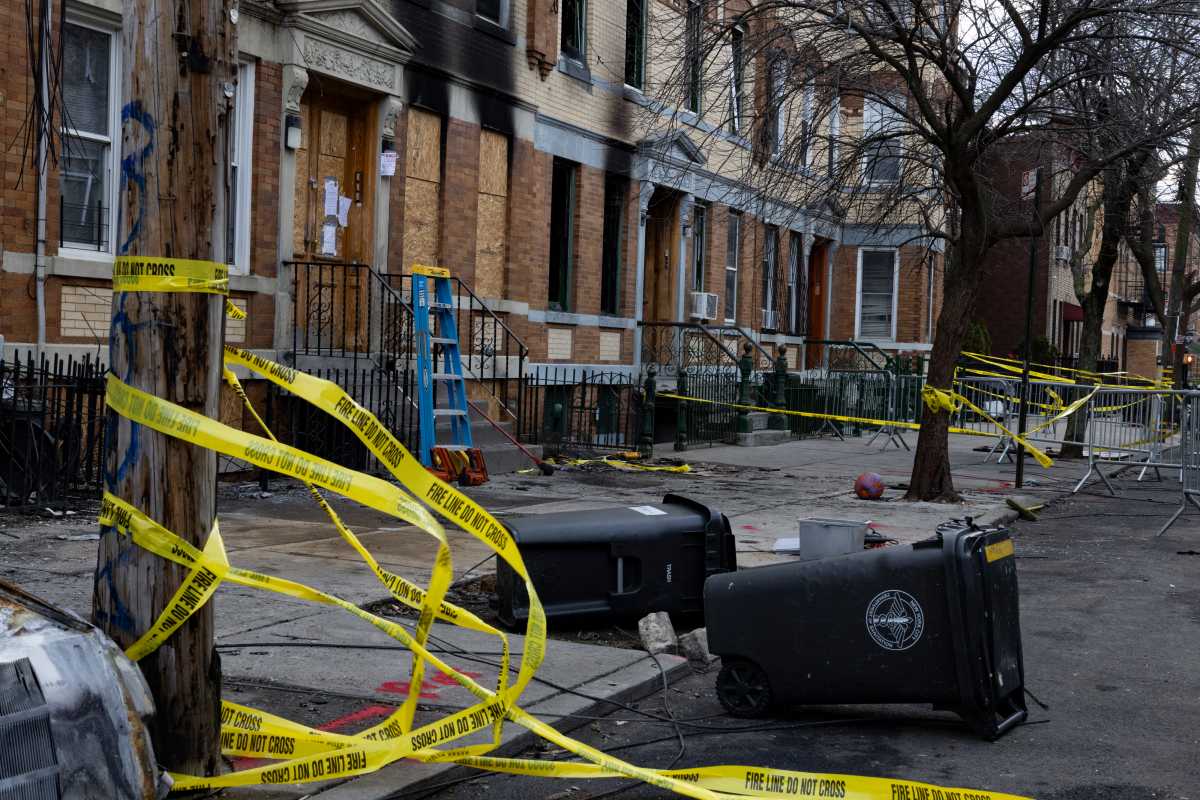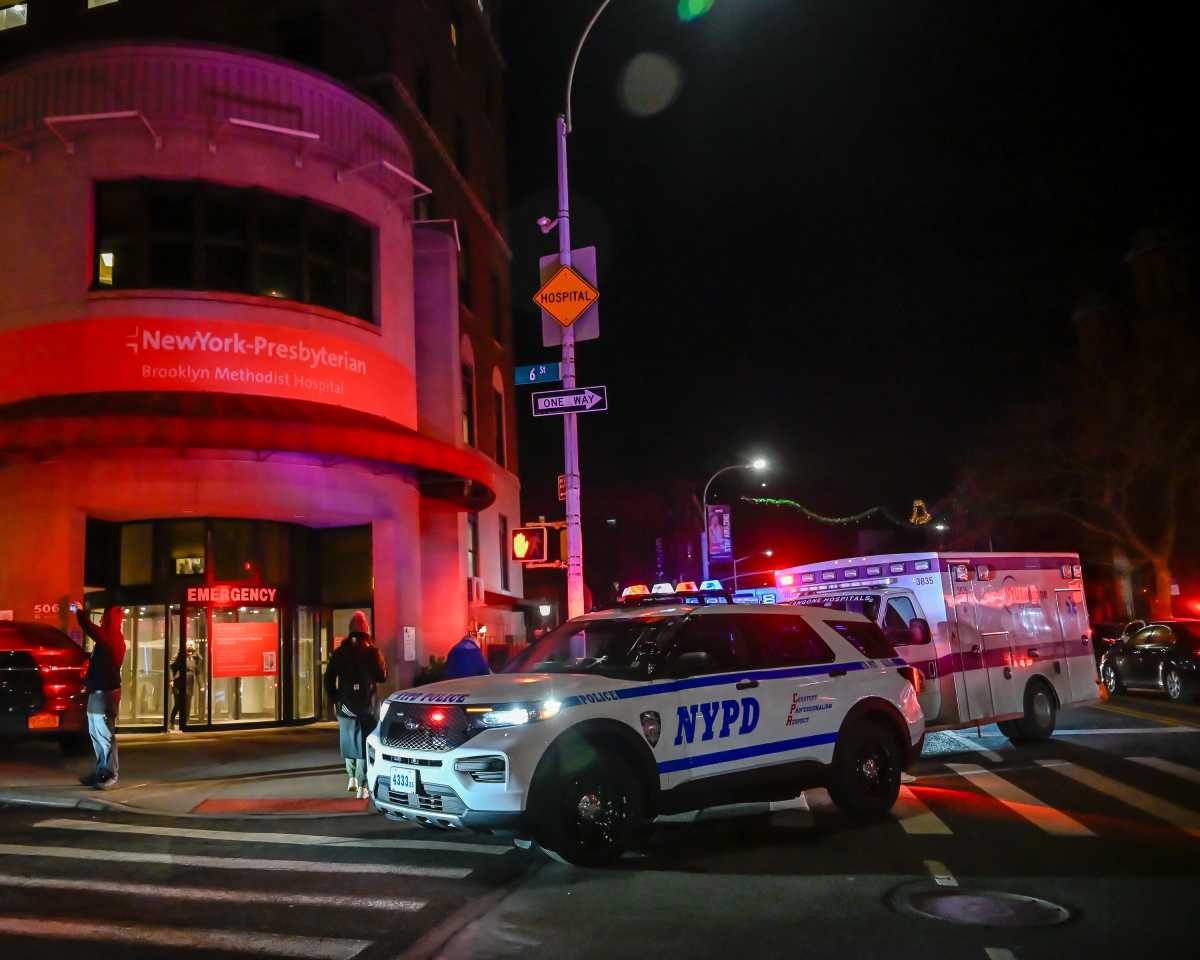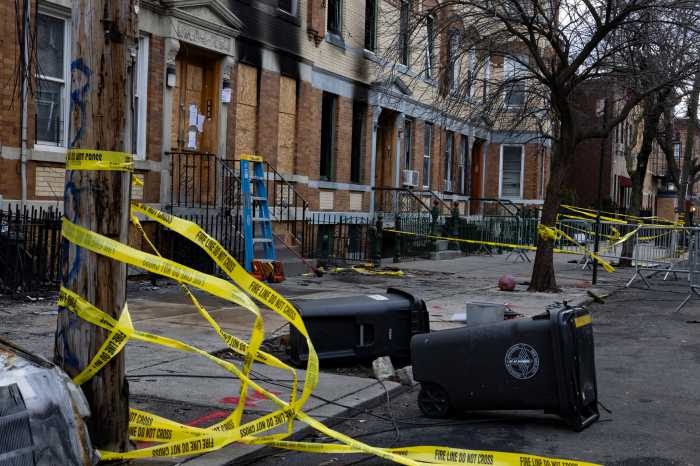The New York City Landmarks Preservation Commission took the first steps on Tuesday toward landmarking a historical West Village rowhouse and theater that was home to both a prominent 19th-century abolitionist businessman and an African-American suffragist.
The commission voted to calendar the 50 West 13th St. house for a public hearing and landmark designation on June 18 — a move that thrilled local advocates with Village Preservation, who have been fighting for the building’s landmark designation for around four years.
“The city has at last taken the first initial steps toward protecting this historic site, so strongly connected to our city and country’s often-forgotten Black history, civil rights history, the women’s suffrage movement, and of course our theater and cultural history,” said Village Preservation’s Executive Director Andrew Berman.
Nearly all calendared properties are eventually approved for landmarking, according to the group — meaning that the 180-year-old property is likely on track to perpetual preservation. A public hearing and vote on landmark designation will follow within a year.
The historical preservationists began advocating to landmark the building after the 2020 death of its previous owner Edith O’Hara, who founded the 13th Street Repertory Company, an “off-off Broadway” theater there in 1972.
In the process of researching the building, the preservationists discovered the building’s connection to New York’s Civil War and Reconstruction era civil rights movements.
Looking through the building’s records, Village Preservation researchers discovered that a leader in the Black suffragist movement and pioneering educator Sarah Smith Tompkins Garnet lived there for at least eight years, from 1866 to 1874. During this period the property was owned by a prominent 19th-century Black businessman and abolitionist Jacob Day, who lived and ran his business in the home at a point when Greenwich Village was a center of African American life in New York and the home of its largest Black population.
Garnet went on to found the Brooklyn suffrage organization the Equal Suffrage League in the late 1880s and serve as superintendent of suffrage for the National Association of Colored Women.
Day was a prominent advocate for abolition and voting rights for Black New Yorkers, in addition to being a wealthy businessman and leading member of the Abyssinian Baptist Church, the city’s second-oldest Black church.
“Abolitionism was a dangerous activity for black individuals, but despite the risk, Day was a member of the National Anti-Slavery Society and a contemporary of the other distinguished and a contemporary of other distinguished abolitionists of the day,” said Theresa Noonan, a Landmarks Commission preservationist.
Historians have linked Day to leaders of the underground railroad, and a hidden passageway in the basement of the house suggests that it may have been used in the abolitionist network’s operations — although there’s no historical record on the matter.
The architectural significance of the building is in its Greek Revival style. Built somewhere between 1846-47, the three-story building has retained ornate details like its metal cornice, incised arches and elongated parlor floor windows.
It was a theater before it became a mainstay of the off-off Broadway theater scene in the 1970s. It hosted a pillar of Black theater history in the late 1960s when the Afro-American Folkloric Troupe used it to perform the works of Black poets and folklorists for predominantly Black audiences until 1971.
Since the death of Edith O’Hara, an agreement to preserve the building ended — and the condition of the now-empty building has since deteriorated. Graffiti appeared on its facade, where the paint is stripped and in poor condition.
The Landmarks Commission hopes that an official designation will help it work with the building’s owners to improve its conditions.



